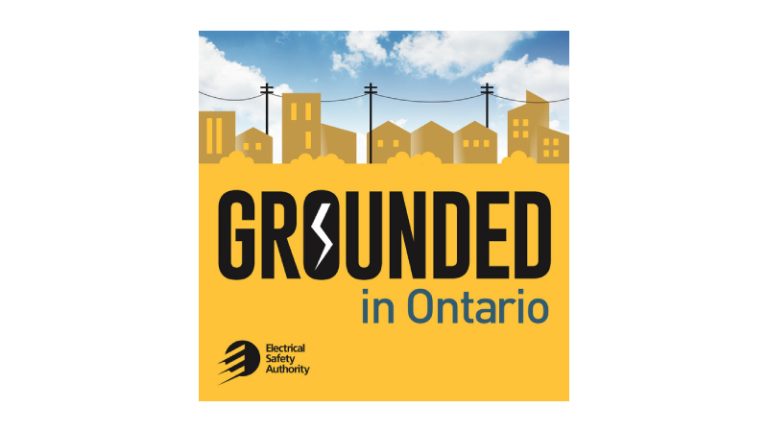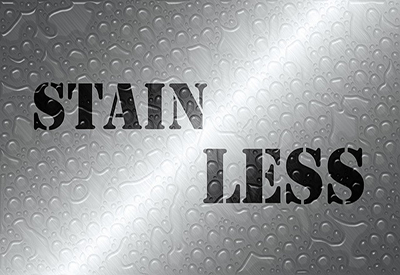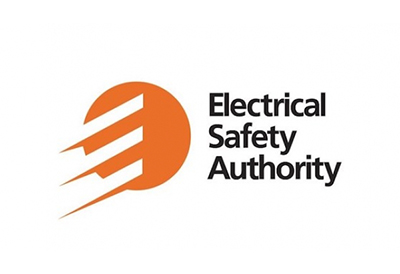DON’T Put That in Writing!

Aug 2, 2018
By Jeff Mowatt
In today’s workplace, employees spend less time talking and more time emailing, texting, and engaging on social media. Ever consider how those messages are perceived by your customers, coworkers, and even by your employer? To ensure your electronic image reflects your best self, take this mini quiz.
1. There’s a big difference in what you officially write at work, vs. comments you post online on your own time.
a) true
b) false
Answer: b). While theoretically there may be some anonymity in what you post “privately,” in reality your online presence makes no distinction between your personal and professional image. Virtually anyone can find out what you are supporting, denouncing, or commenting about online. Assume any comment you make about anyone will be read by that person, and possibly by others including your employer and customer. Any image or comment you post that comes across as mean spirited, inappropriate, or biased will hurt your reputation. Think twice before you hit send or post; both at work and at home.
2. Your email subject line most often
a) consists of a generic topic, i.e., “Anderson account” or “file 958303”
b) includes an action or a call to action, i.e., “Anderson account – yes they received the shipment”
Better answer is b). Actions get noticed and calls to action get faster replies. The easier you make it for others to quickly get what you want or what you’re providing (by simply viewing your subject line), the more they’ll consider you to be efficient and easy to work with.
3. Your email signature line includes:
a) your full name, title, and contact info including physical work address.
b) a generic title only, i.e., “ABC company support service”
c) There is no signature line when you email from your phone.
Best answer is a). Remember to include your full name and business contact info (even from your phone). The more anonymous you are, the more it appears to customers that you are hiding behind a veil of bureaucracy, and that you are avoiding taking responsibility. Conversely, by volunteering your full name and contact info, you demonstrate that you are comfortable being held accountable. Your stature is instantly elevated.
4. You provide written info in this order:
a) sequentially, beginning with background info, then providing the conclusion or call to action
b) your main conclusion or call to action up front, then additional background if needed
Better answer is b). Get to the point. If you haven’t corresponded recently, then it’s fine to start with “hope you are well.” Then get to the gist of what you’re trying to say. The background stuff if needed can come later. Short emails get read while long emails get scanned and forgotten. Keep in mind when you’re communicating up the chain of command that senior managers rarely need or want all the background. When they ask for the temperature outside, they don’t want to know how to make a thermometer.
5. When communicating with customers you tend to
a) stick to providing facts about your products or services
b) provide products and service facts and how they benefit the customer
The better answer is b). While in question #4 we stressed the importance of short messages, we don’t want customers to be short changed. To create extra perceived value, simply add the words, “So that…” For example, rather than, “We’ll deliver it,” instead write, “We’ll deliver it so that it saves you a trip.”
6. When giving someone bad news you
a) send a text, email, or letter so you don’t have to deal with their reaction
b) pick up the phone and talk to them, or at least leave a voice mail
c) go in person and talk to them
Best answer is c) go in person, followed by b) phone them and follow up in writing. Giving bad news in writing practically guarantees the recipient will want more information. If they don’t receive that additional info instantly, they’re more likely to either reply with a rant or opt to no longer deal with you, and instead escalate the matter further up the chain of command. You save zero time by writing bad news communiqués. The written part should only be a confirmation of what you’ve discussed.
Bottom line: increasingly our interactions with customers, colleagues, and even with family members are taking the form of text on a screen. The sheer volume can lead to sloppiness and slip-ups that result in misinterpretation, hard feelings and even lawsuits. Keep in mind your written messages are permanent records. Since it’s your reputation that’s at stake, take a few moments to decide if you should post. Then use these tips to enhance what you post.
This article is based on the bestselling book, Influence with Ease by Hall of Fame motivational speaker, Jeff Mowatt. To obtain your own copy of his book or to inquire about engaging Jeff for your team, visit www.jeffmowatt.com.










![Guide to the Canadian Electrical Code, Part 1[i], 26th Edition – A Road Map: Section 10 – Grounding and Bonding](https://electricalindustry.ca/wp-content/uploads/2022/11/Guide-CE-Code-2.png)





